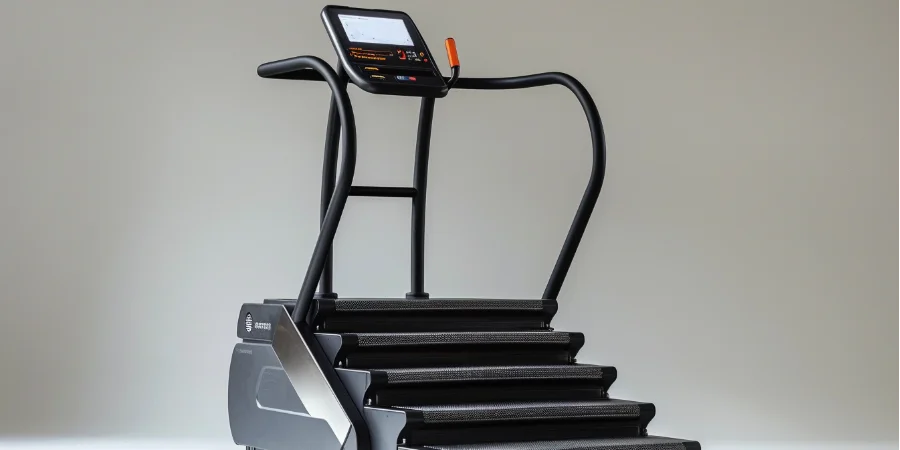But as one of the most recent innovation in fitness equipment, steppers have become the new routine that is changing workout routines all over the world. They became one of the best resistance training tools for at home workouts in no time.
Steppers come in many shapes and sizes. They are quite compact, allowing you to easily fit them in various areas of your home. It is no wonder that they have become so popular. They offer versatility, but most importantly, they produce results.
Working with steppers on a regular basis can reap great benefits for your fitness and overall health. If you’re not enjoying the benefits of steppers yet, then now is the time to get started. Whether you’re an amateur or a professional athlete, you can always achieve more with a stepper.
If you want to be in charge of your well-being, the first step is to understand how steppers make such a difference with your fitness goals.
Table of Contents:
– What is a stepper?
– The popularity of steppers
– Is a stepper good for you?
– How to choose a stepper
– How to use a stepper
What is a stepper?
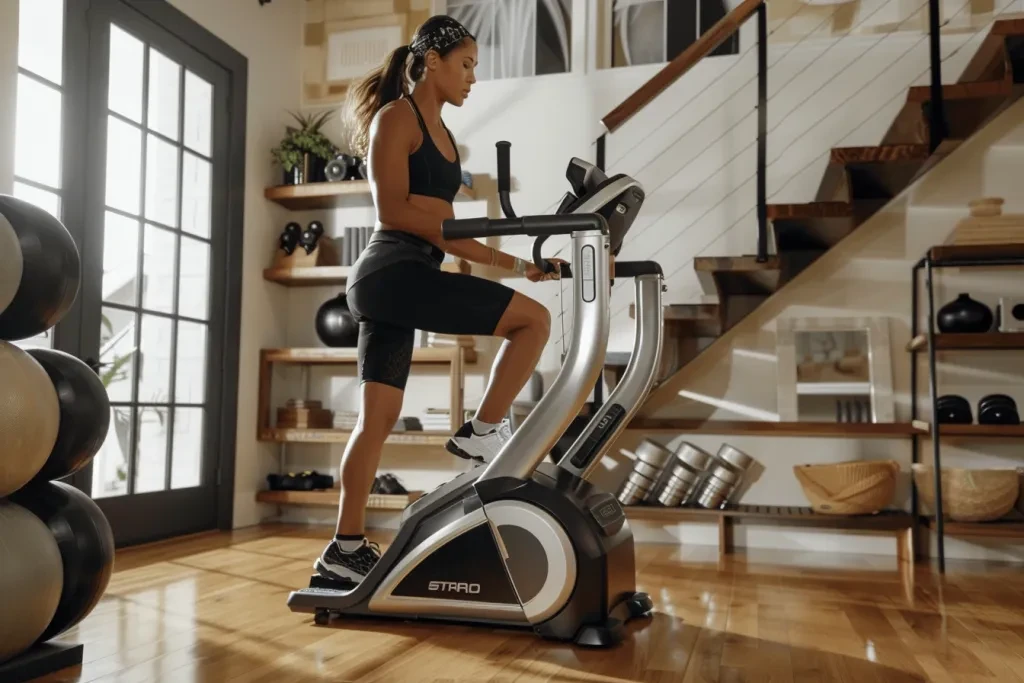
A stepper is a small, usually portable fitness equipment used to imitate walking up and down stairs. This piece of equipment with simple mechanism and working principles mainly trains the lower limb muscles, including thighs and hips. At the same time, it is also beneficial to cardiovascular system such as enhancing hearts and lungs.
There are more than one type of steppers in the market nowadays such as mini stepper, stair stepper and twist stepper. Different models have different features that can facilitate and customize training in their own ways.
A stepper machine has two pedals that go up and down or rotate very slightly. A more advanced stepper model might have resistance bands or handles that enable more exercises for the upper body as well. Its simplicity entices most gyms to stock up on stepper machines as a good addition to a workout for full-body exercise.
Not only are you toning your muscles and getting a cardiovascular workout, but steppers tend to have a very low impact – far less than running or jogging on the street or across a gymnasium. That’s why it’s particularly suited to those with joint problems (knee or hip, for example), as well as those who want to add another dimension to their workout routine without increasing the risk of injury.
The popularity of steppers
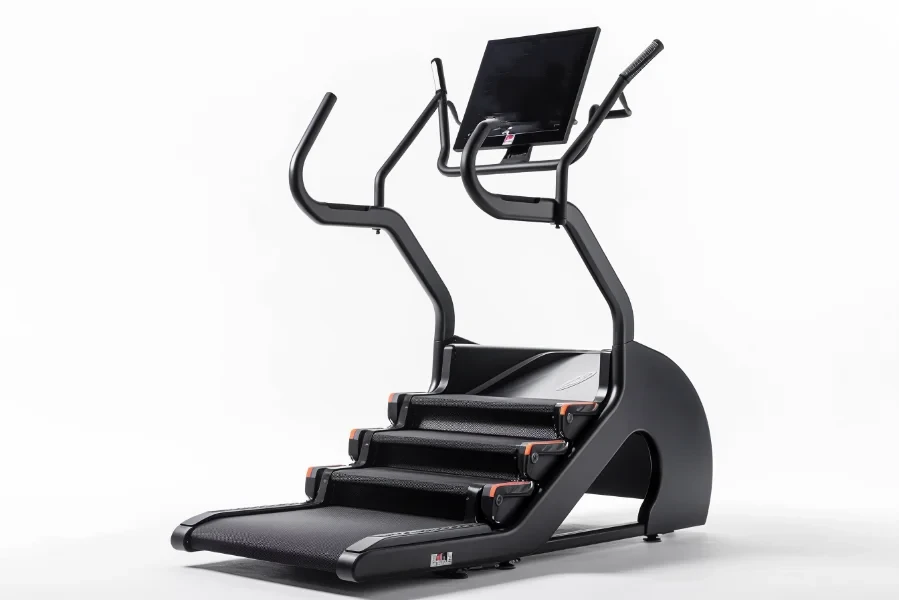
The growing trend of home-workout has pushed steppers further to the top of the list of favourite workout machines for many exercisers. Apart from their versatility, steppers are a true space-saver, making them a great choice when available room for a fitness device is minimal. Another feature that plays in stepping machines favour is their affordability. The majority of stepper models are relatively cheap and available to the masses.
The popularity of steppers can also be attributed to the effect ofencers. Many fans of fitness share their exercises and results on social media platforms. It showed that stepper machines are appropriate for fitness purposes. This video content influenced the audience to adopt a stepper for their fitness programmes. Consequently, stepper popularity increased.
Secondly, the Covid-19 pandemic made everyone think twice about their fitness and general health. Social distancing and gym closures also meant that people started to think about quick and effective ways of keeping fit from home. And steppers – which are easy to master and thus quick to get into, and which need no moving parts to assemble – became an obvious choice for staying fit during lockdown. In fact, steppers have come to define the bottom of the fitness equipment hierarchy.
Is a stepper good for you?
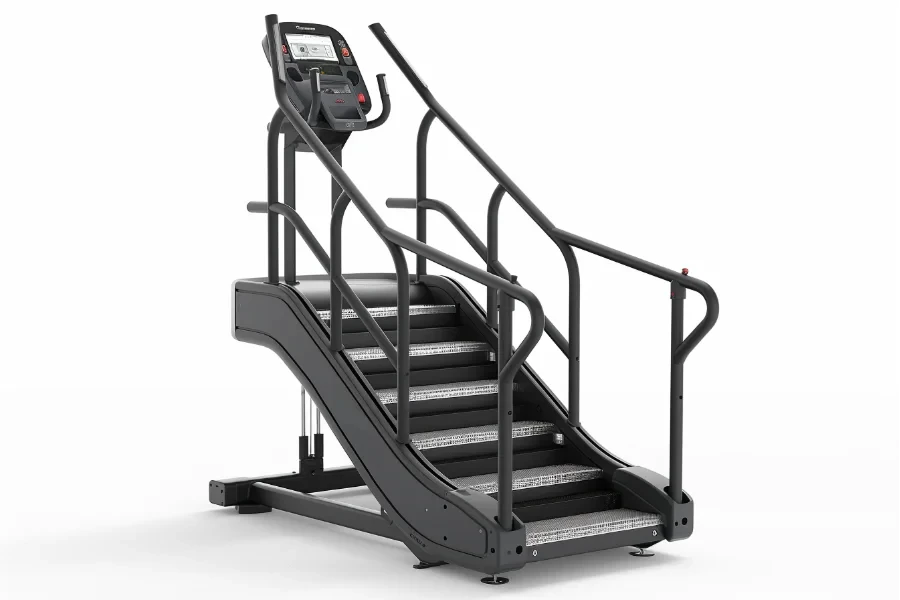
The short answer is yes; a stepper can be a great tool for a workout. Their low-impact high-intensity nature allows them to be used by individuals at the beginning of their fitness journey, as well as those looking for a workout to take to a higher level. Steppers exercise the lower body muscles and can be used to improve muscle strength and endurance. They target the quadriceps, hamstrings, glutes and calves.
Steppers also provide substantial cardiovascular benefits, boosting heart health, lung capacity and calorie burning to help you shed pounds. Many models let you adjust the level of resistance and determine your own pace so you can increase the intensity of your workout as you become fitter.
But steppers also help with balance and co-ordination. Because stepping (especially on machines that require you to balance yourself while stepping) makes use of core muscles and improves proprioception, it can help reduce the risk of falling outside of the workout.
How to choose a stepper
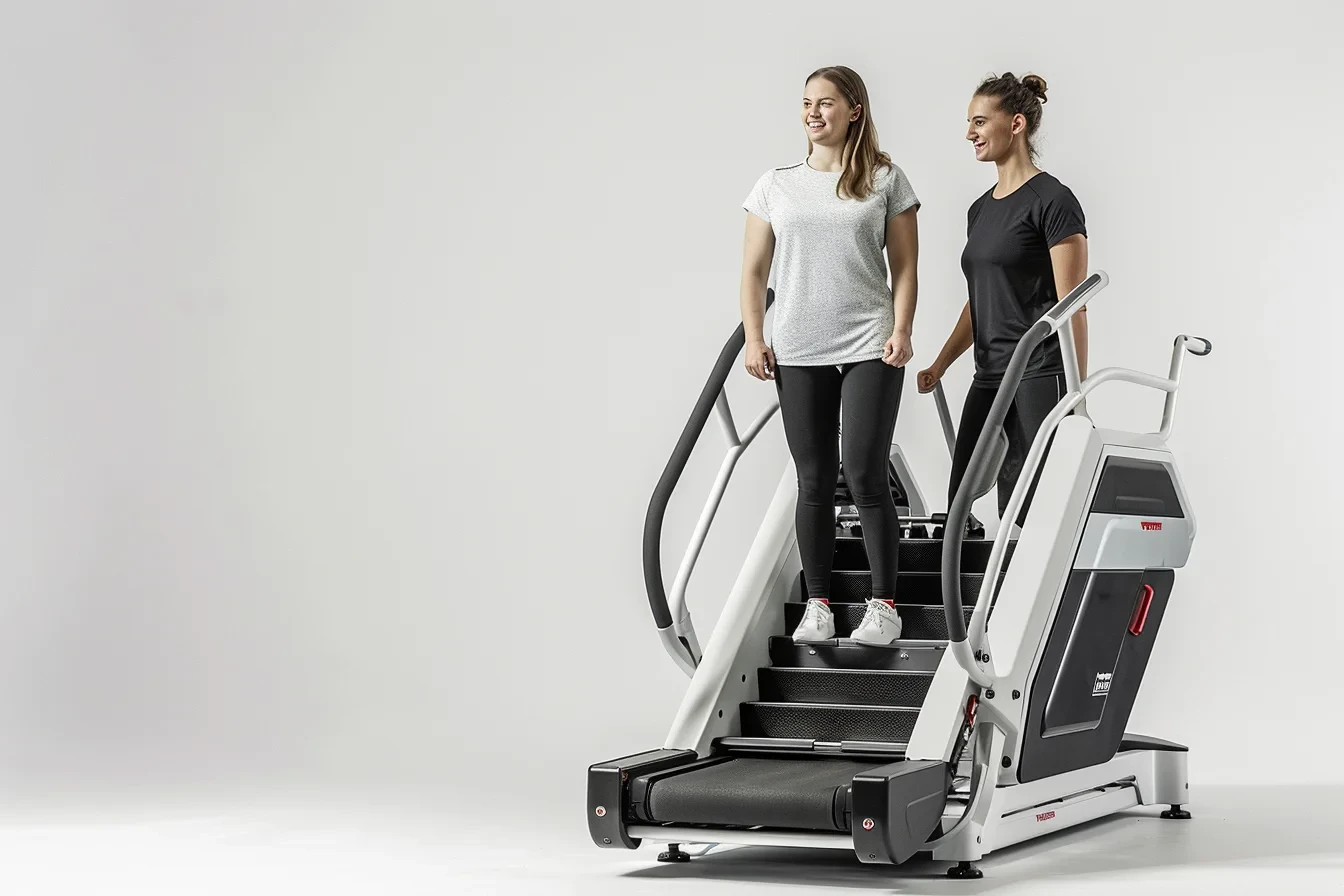
The type of stepper you choose depends on your fitness goals, space and budget. If you’re short on space, a mini stepper is a good option. It’s a basic and compact piece of equipment. If you want the full workout experience with additional features and intensity, a stair stepper or twist stepper with handles for upper body exercise might be more suitable.
Quality of build is the primary safety issue with a stepper. Make sure you get a sturdy model with non-slip pedals. You’ll also want adjustable resistance so you can change up your workout as you get stronger and continue challenging yourself.
Also, consider bells and whistles that could make your workout more entertaining, such as speakers that allow you to plug in your device for music playback, or built-in fitness trackers to offer more detailed progress reports; some steppers even come with Bluetooth connectivity that can be synced with fitness apps. While such features likely will boost the price of your machine, they can also up the ante on your workouts – and all the more reason to actually get on the thing!
How to use a stepper
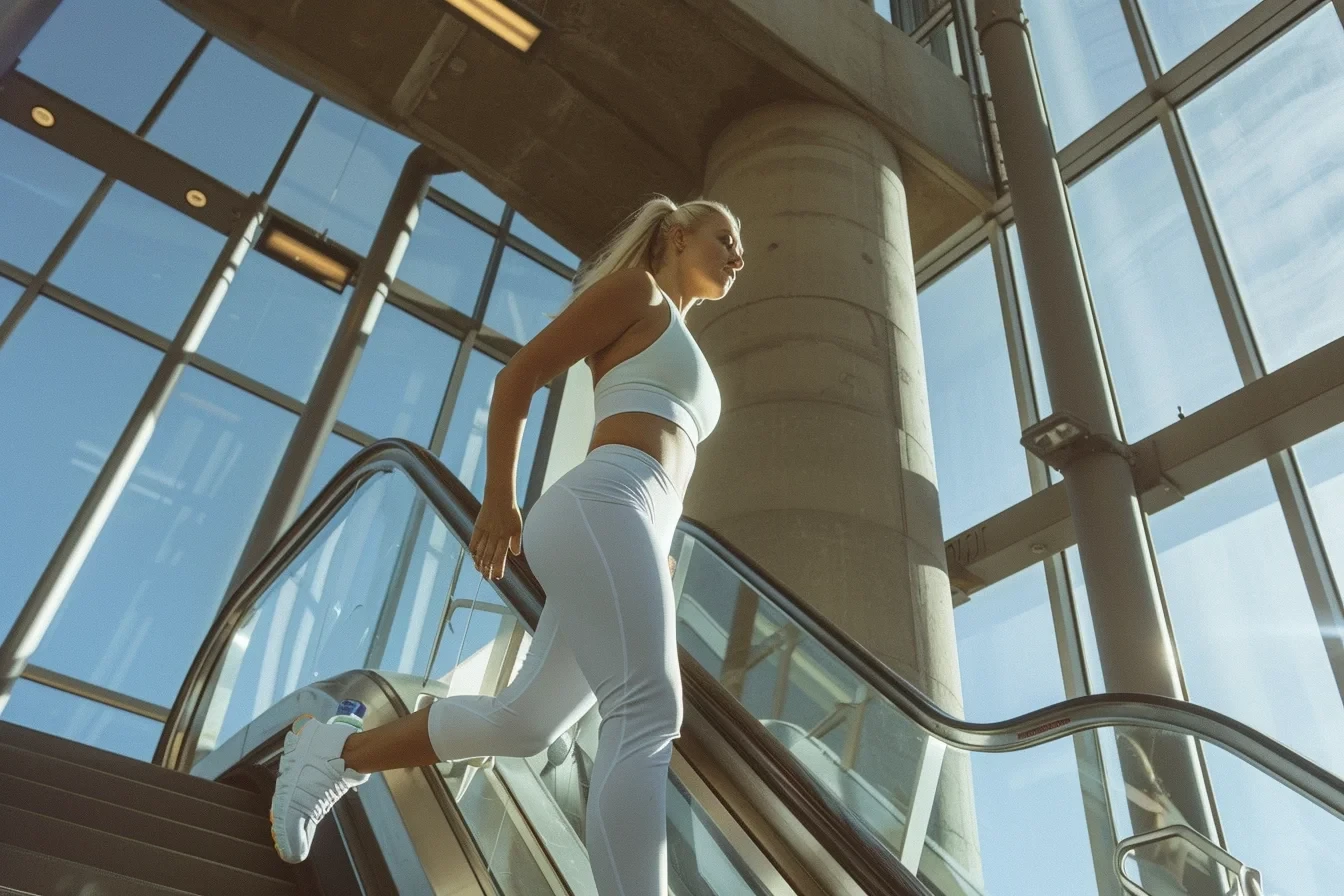
Correct use of a stepper will help you get the most from the machine and reduce the risk of injury. Place the stepper on an even surface that won’t move while you’re working out. Wear shoes that provide a solid grip and protect your feet; your shoes might become slippery if you work up a sweat. Take a few minutes at the beginning of each session to warm up with light stretches or by walking in place.
While stepping, stand tall with shoulders back and your belly muscles ‘zzzipped’. Not only will this help you avoid back strain, it will make sure your lower body muscles are targeted. Start slowly to get acquainted and then increase your pace and resistance as you become comfortable.
Varying your routines will also help keep them entertaining and difficult, and you might be able to add intervals – a period of high-intensity stepping (go as fast as you can!) followed by a rest (when you can) – or perhaps add in additional upper body exercises when your stepper does have resistance bands or handles. Be sure to end with a cool-down – a gentle stretch – to aid in the recovery process and reduce muscle soreness.
Conclusion
Steppers are a perfect all-rounder, offering fitness benefits for everyone, whatever your level of fitness. Whether you want to boost your cardiovascular fitness, improve your leg strength or add variety to your exercise routine, the humble stepper could soon become your exercise best friend. A well-chosen and well-used stepper will help you to make the most of this unfussy and unassuming piece of kit, giving you maximum health and fitness benefits for minimal outlay.
